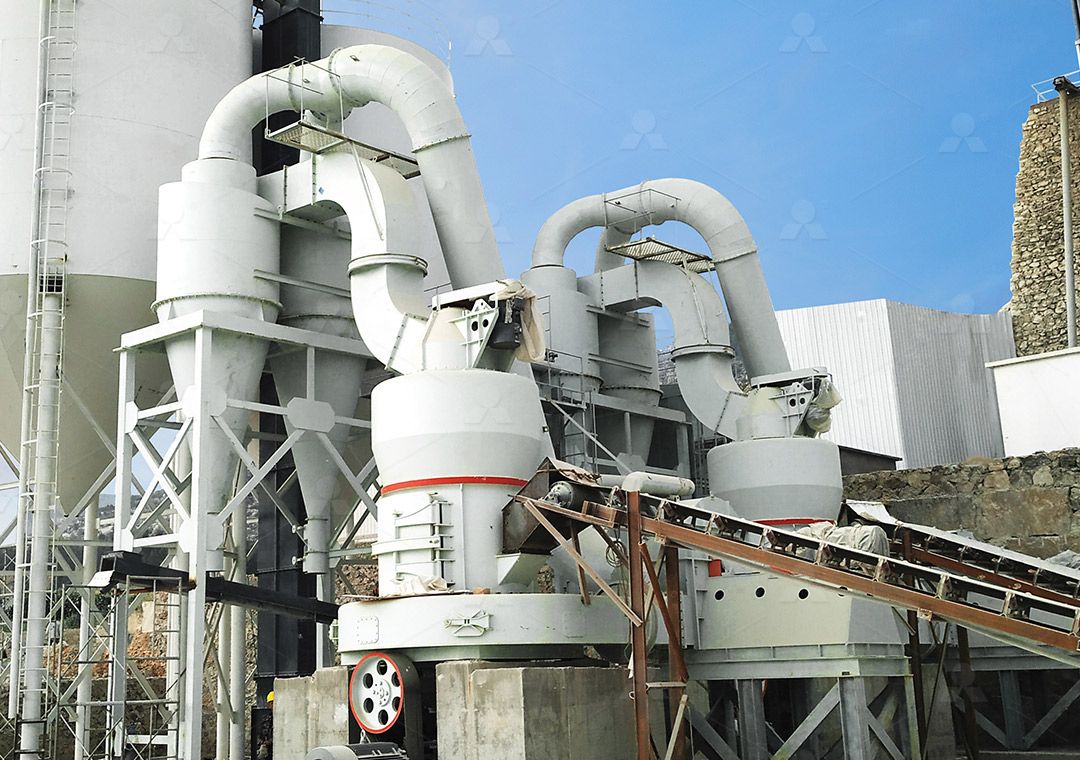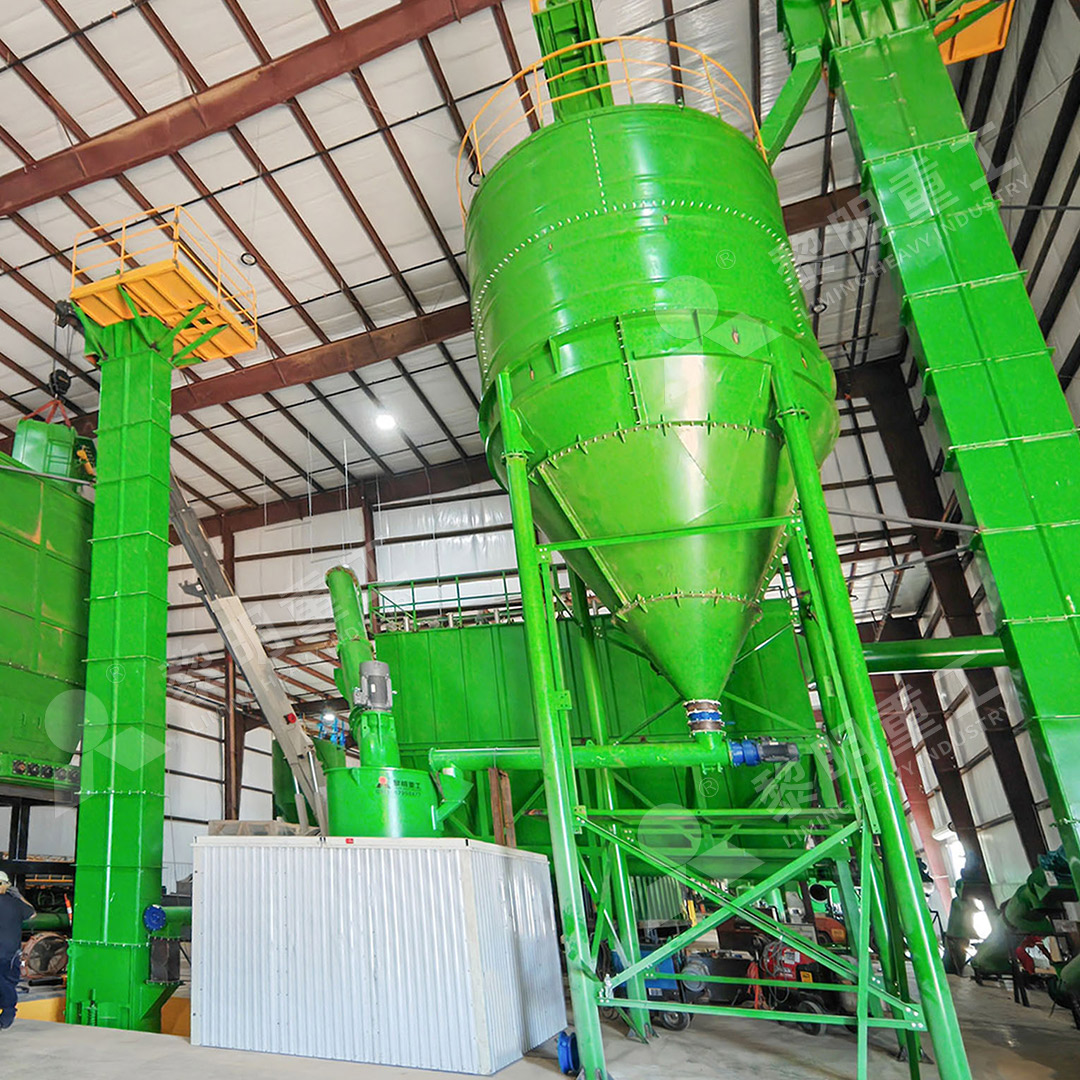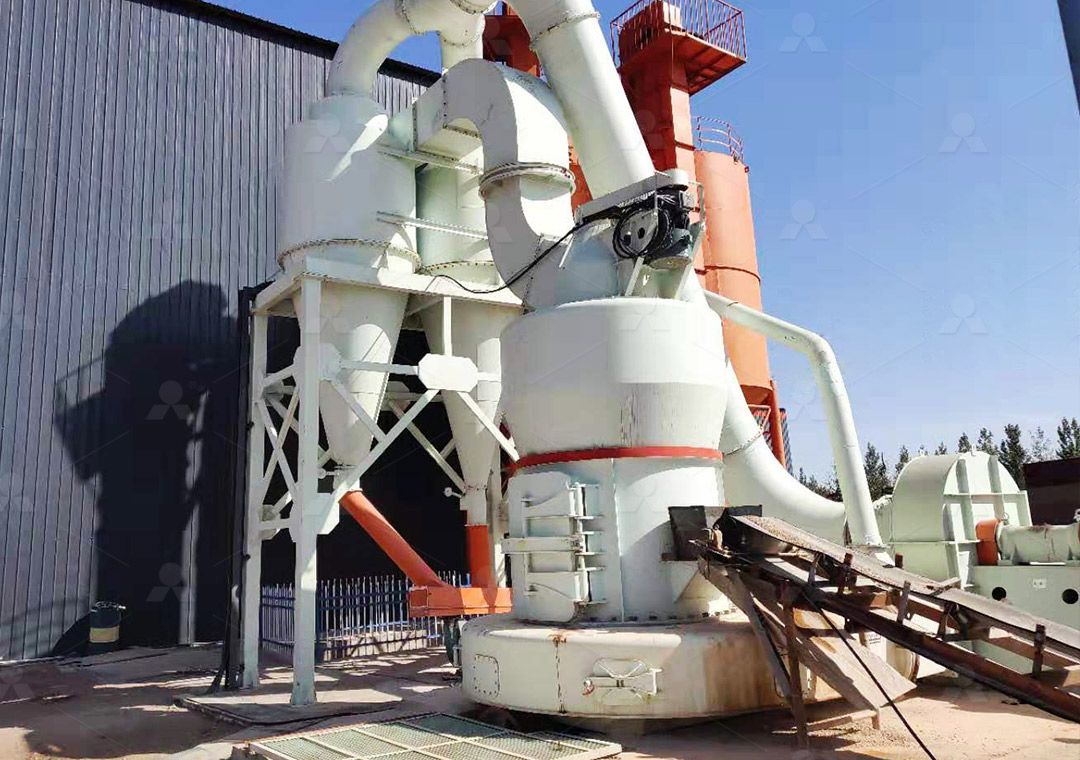3500 Mesh Marble Grinding Mill for Ultra-Fine Powder Production
Unlocking New Possibilities in Ultra-Fine Marble Powder Production
The demand for ultra-fine marble powder has surged across various industries, from construction materials to cosmetics and pharmaceuticals. Achieving consistent 3500 mesh fineness requires specialized grinding technology that balances precision, efficiency, and operational stability. Traditional grinding methods often fall short when targeting these extreme fineness levels, leading manufacturers to seek advanced milling solutions.

Modern marble processing facilities face multiple challenges when targeting ultra-fine specifications. Energy consumption, maintenance requirements, and environmental compliance all factor into the operational equation. The ideal grinding solution must address these concerns while delivering consistent particle size distribution and high throughput capacity.
Technical Considerations for 3500 Mesh Production
Producing marble powder at 3500 mesh (approximately 5μm) demands exceptional grinding precision and sophisticated classification technology. The grinding mechanism must generate sufficient shear and compression forces to reduce particle size without generating excessive heat, which can affect material properties. Additionally, the separation system must efficiently segregate particles at this fine threshold while maintaining high yield rates.
When evaluating grinding mills for ultra-fine marble applications, several factors deserve particular attention: grinding chamber design, roller and ring geometry, powder separation efficiency, and dust collection systems. Each component plays a critical role in determining final product quality and operational economics.
Advanced Grinding Solutions for Maximum Performance
Among the available technologies, the MW Ultrafine Grinding Mill stands out for ultra-fine marble powder production. Engineered specifically for customers requiring precise control over fine powder characteristics, this machine represents a significant advancement in grinding technology. With an input size capability of 0-20 mm and capacity ranging from 0.5 to 25 tph, the MW series accommodates various production requirements.

The MW Ultrafine Grinding Mill incorporates several innovative features that make it particularly suitable for 3500 mesh marble production. Its newly designed grinding curves for rollers and rings enhance grinding efficiency substantially. Comparative performance data indicates production capacity approximately 40% higher than jet grinding mills and stirred grinding mills at equivalent fineness and power consumption levels.
Key Technological Advantages
What truly sets the MW series apart is its cage-type powder selector incorporating German technology, which significantly improves powder separation precision. This system enables fineness adjustment between 325-2500 meshes, with screening rates achieving d97≤5μm in a single pass – making 3500 mesh production not just possible but efficient and consistent.
The grinding chamber design eliminates rolling bearings and screws entirely, addressing common failure points in ultra-fine grinding applications. This innovative approach prevents bearing damage issues and eliminates machine failures caused by loose fasteners. External lubrication points facilitate maintenance without production interruptions, supporting continuous 24-hour operation.
Environmental and Operational Benefits
Environmental considerations are integral to the MW Ultrafine Grinding Mill’s design. The integrated efficient pulse dust collector ensures dust-free operation throughout the milling system, while silencers and noise elimination rooms reduce acoustic emissions. The entire production process complies with national environmental protection standards, making it suitable for facilities with strict regulatory requirements.
For operations requiring different throughput parameters or specific configuration needs, the LUM Ultrafine Vertical Grinding Mill presents an excellent alternative. With input size of 0-10 mm and capacity of 5-18 tph, this mill incorporates the latest grinding roller technology from Taiwan and German powder separating technology. Its unique roller shell and lining plate grinding curve design facilitates material layer generation and enables high finished product rates through single-pass powder milling.

Application Versatility
Beyond marble, these advanced grinding mills process various non-metallic minerals including limestone, calcite, dolomite, gypsum, barite, talc, and coal powder. Their output serves diverse sectors such as chemicals, paints, cosmetics, pharmaceuticals, and food additives where ultra-fine particle specifications are critical to product performance.
Frequently Asked Questions
What makes the MW Ultrafine Grinding Mill suitable for 3500 mesh marble powder production?
The MW series incorporates advanced cage-type powder selection technology that enables precise control over particle size distribution, achieving fineness levels up to 2500 meshes with screening rates of d97≤5μm. Its optimized grinding curves and efficient separation system make ultra-fine production both practical and economical.
How does the energy consumption compare to traditional grinding methods?
The MW Ultrafine Grinding Mill demonstrates significantly lower energy consumption – approximately 30% of equivalent jet grinding mill systems. This efficiency stems from optimized grinding mechanics, reduced internal resistance, and advanced motor designs that convert more electrical energy into productive grinding action.
What maintenance advantages does the chamber design provide?
By eliminating rolling bearings and screws within the grinding chamber, the MW series removes common failure points that typically require frequent maintenance. The external lubrication system allows servicing without production stoppages, while the robust construction minimizes wear part replacement frequency.
Can the system handle variations in raw material characteristics?
Yes, both the MW and LUM series grinding mills are engineered to accommodate normal variations in marble composition and hardness. Adjustable operational parameters including grinding pressure, rotor speed, and classifier settings allow operators to fine-tune the process for consistent output quality despite feed material fluctuations.
What environmental compliance features are incorporated?
The integrated pulse dust collection system ensures particulate emissions remain well below regulatory thresholds, while noise reduction technologies maintain workplace acoustic levels within acceptable limits. The closed-system design prevents material escape, and the efficient grinding process minimizes energy-related environmental impact.
